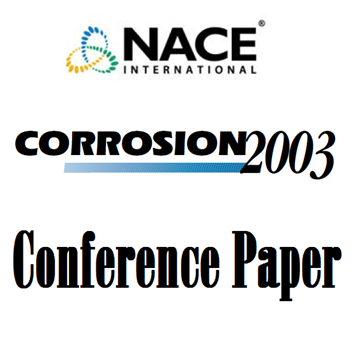Search
Modeling Lead and Copper Corrosion and Solubility in Municipal Water Distribution Systems
Also Purchased
The Case Against Galvanized Piping in Domestic Water Systems
Product Number:
51317--9398-SG
ISBN:
9398 2017 CP
Publication Date:
2017
$20.00
51318-11140-Corrosion Risk and Mitigation in Building Water Systems
Product Number:
51318-11140-SG
Publication Date:
2018
$20.00
03269 Observations of Corrosion of Electric Resistance Welded Galvanized Steel Pipe in Domestic Potable Water
Product Number:
51300-03269-SG
ISBN:
03269 2003 CP
Publication Date:
2003
$20.00




